Whether you’re working on an electrical, automotive, or industrial project, you need to make sure you choose the right heat shrink tube for the job. This requires consideration of various factors, such as the material, size, and thickness of the tube.
In this blog post, we’ll give a brief overview of the different types of heat shrink tubing and their applications so you can make the best choice for your project.
What is a heat shrink tube?
A heat shrink tube is a plastic tube that shrinks when heated. This tube is used in a variety of applications, from electrical insulation to labels. When a heat shrink tube is placed over a wire or cable, it shrinks to fit snugly around the object. This creates a tight seal that helps protect objects from moisture, vibration, and other environmental factors.
Heat shrink tube is made from a variety of materials, including polyolefins, PVC, and fluoropolymers. Each type of material has its own advantages and disadvantages, so it is important to choose the right type of heat shrink tube for your application. For example, a PVC heat shrink tube is less expensive than a polyolefin heat shrink tube, but it is also less flexible and has a lower heat shrinkage rate.
Heat shrink tube is used in a variety of industries, including automotive, aerospace, and telecommunications. It is also used in various home and office applications. The heat shrink tube is easy to install and available in a variety of colors.
What are the different types of heat shrink tubes?
There are many different types of heat shrink tubes, each with unique properties and applications. The most common types of heat shrink tubes are made from polyolefins, PVC, and fluoropolymers. Polyolefins are the most common type of heat shrink tube and are most commonly used for general purpose applications.
PVC heat shrink tube is often used in electrical applications due to its resistance to electricity and gases. Fluoropolymer heat shrink tube is used in applications requiring higher heat resistance, such as in high-temperature environments.
There are three main types of heat shrink tubes:
Polyolefins
Polyolefin is the most common type of heat shrink tube and is made of plastic material.
Fluoropolymers
Fluoropolymers are made from plastic materials that are chemically resistant and have a low dielectric constant.
Elastomers
An elastic heat shrink tube is made of stretchable elastic material.
What are the benefits of using a heat shrink tube?
A heat shrink tube is a type of plastic tube used to insulate wires and other electronic components. It is made from a variety of materials, including polyethylene, polypropylene, and fluoropolymers. Heat shrink tube is available in a variety of sizes and colors.
Heat shrink tube has many advantages over other types of insulation. It is durable and resistant to tearing, shrinking, and UV radiation. It also has a low coefficient of friction, making it ideal for electrical applications.
Heat shrink tube is also flame retardant and less likely to catch fire than other insulating materials. Heat shrink tube is also used in the medical field to insulate wires and pipes.
What factors should you consider when choosing a heat shrink tube?
There are several factors you should consider when choosing a heat shrink tube for your project. The first is the size of the tube. You need to make sure the tube is big enough to fit what you’re shrinking. The second is material.
Some heat shrink tube is made of PVC, while others are made of polyolefin. Each material has its own advantages and disadvantages, so you need to decide which material is right for your project. Finally, you need to consider shrinkage. Shrinkage is the ratio of the original size of the tube to the size of the tube after it has been shrunk. Higher shrinkage means smaller end products.
How to use heat shrink tube
A heat shrink tube is a piece of equipment that is used for a variety of purposes in many different industries. It is a pipe made from a variety of materials, including polyester, fluoropolymer, and PVC. Heat shrink tube is used to insulate and protect wires, as well as provide a tight seal around electrical connections.
There are many ways to use heat shrink tubes, but the most common use is to provide a protective coating for wires and electrical connections. Heat shrink tube is available in a variety of sizes, so it’s important to choose the right size for the job. It’s also important to choose the right type of heat shrink tube for the job, as some types are more effective than others.
What are the most common applications for heat shrink tubes?
A heat shrink tube is a plastic tube that shrinks when heated. It is commonly used in various applications such as electrical insulation, cable bundling, and strain relief. Heat shrink tube is available in a variety of sizes and materials, so they can be used in a wide range of applications.
Some of the most common uses for heat shrink tubes include:
- Insulates wires and cables
- Protects exposed wires and exposed metal surfaces from corrosion
- Sealed water joint
- Join two pieces of metal together
- Cover and protect exposed electrical connections
- Relieve stress
- Wire identification
- Terminal start
- Abrasion resistance
These are just some of the most common uses for heat shrink tubes. Whether you’re protecting cables from components or sealing water joints, a heat shrink tube is an ideal solution.
To wrap things up
There are several factors to consider when choosing the right heat shrink tube for your project. The first is the material you need to make the tube. The second is the size of the tube, which is important to both the aesthetics of the finished product and the functionality of the heat shrink tube. The third factor is price, which can vary depending on the materials used and the manufacturing process.
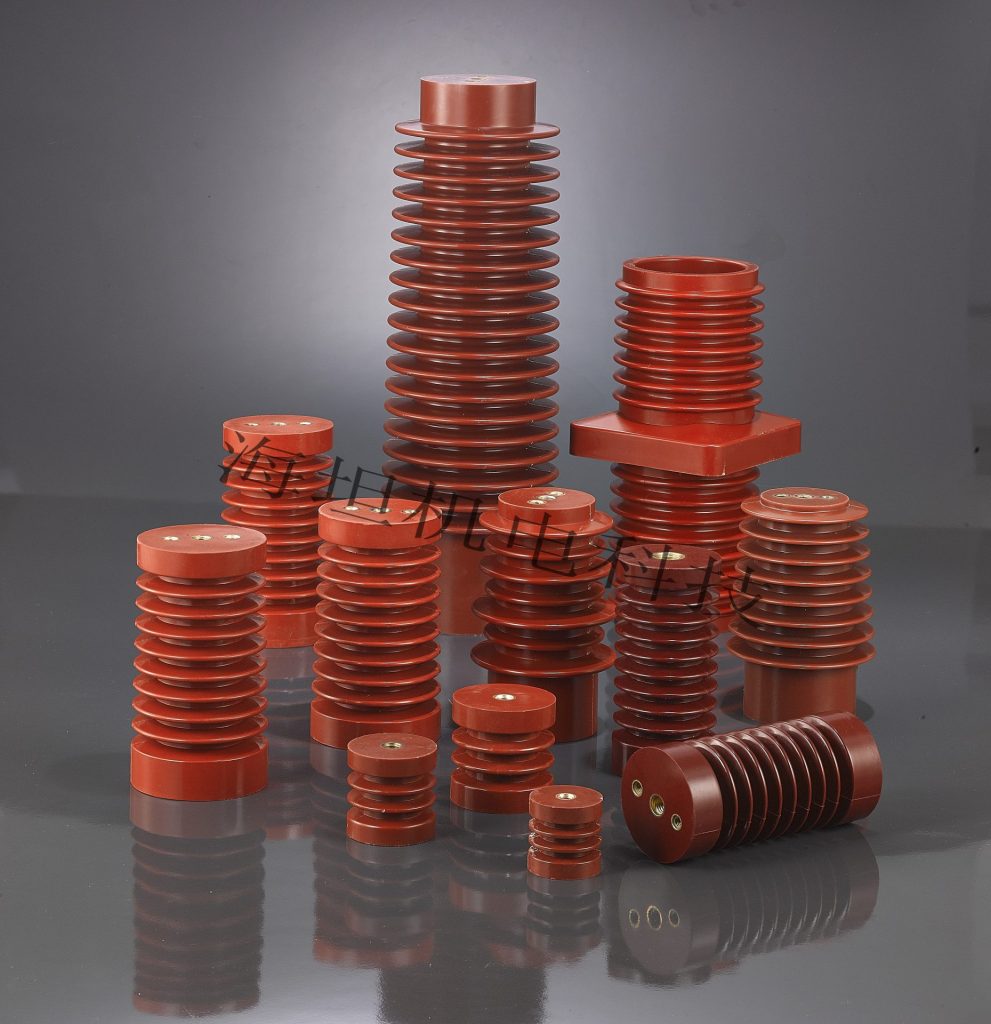
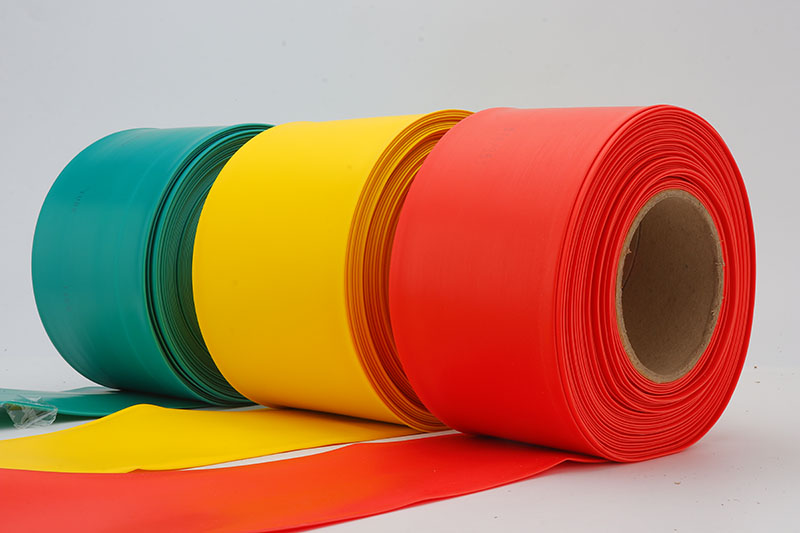
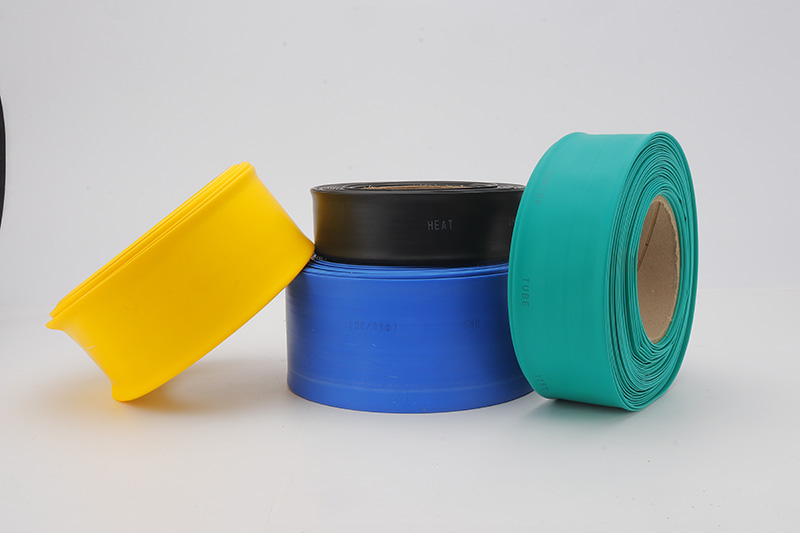
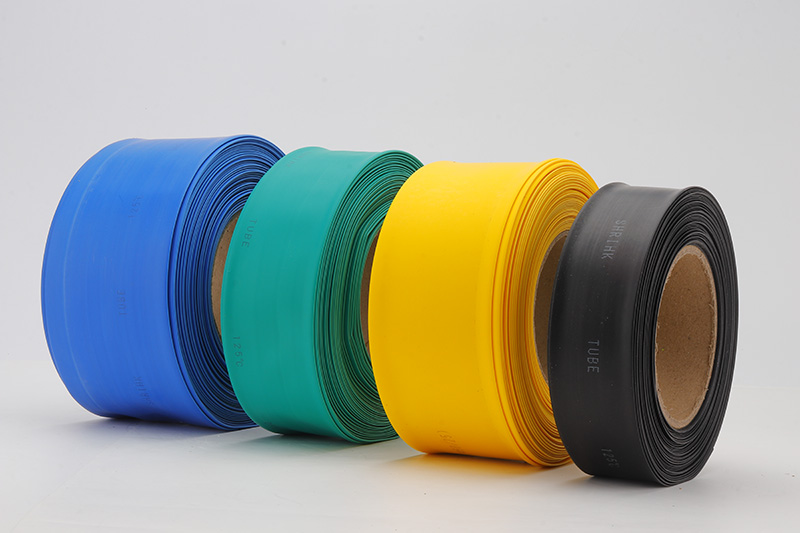
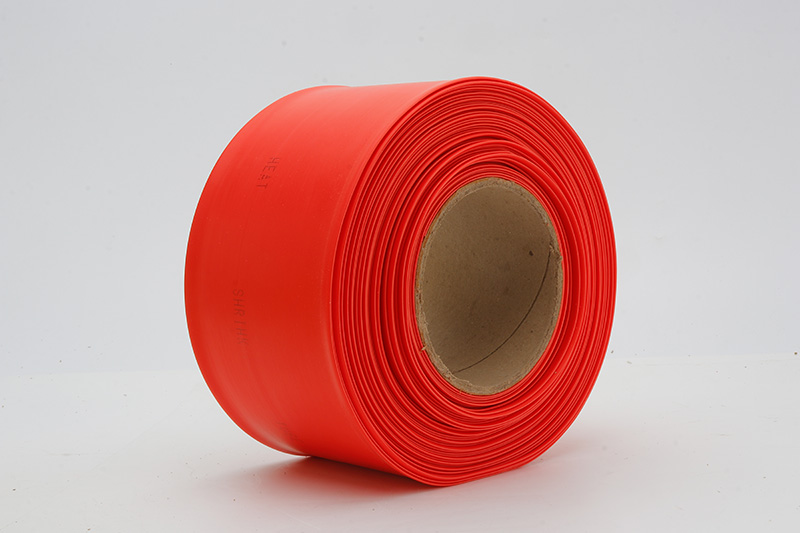
 E-mail:
E-mail:  No. 20 Lingyun Road, Dongfeng
No. 20 Lingyun Road, Dongfeng 
